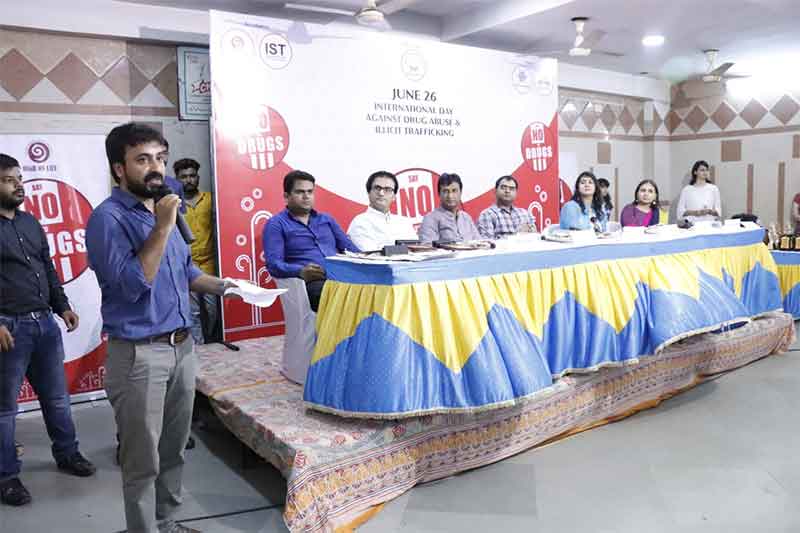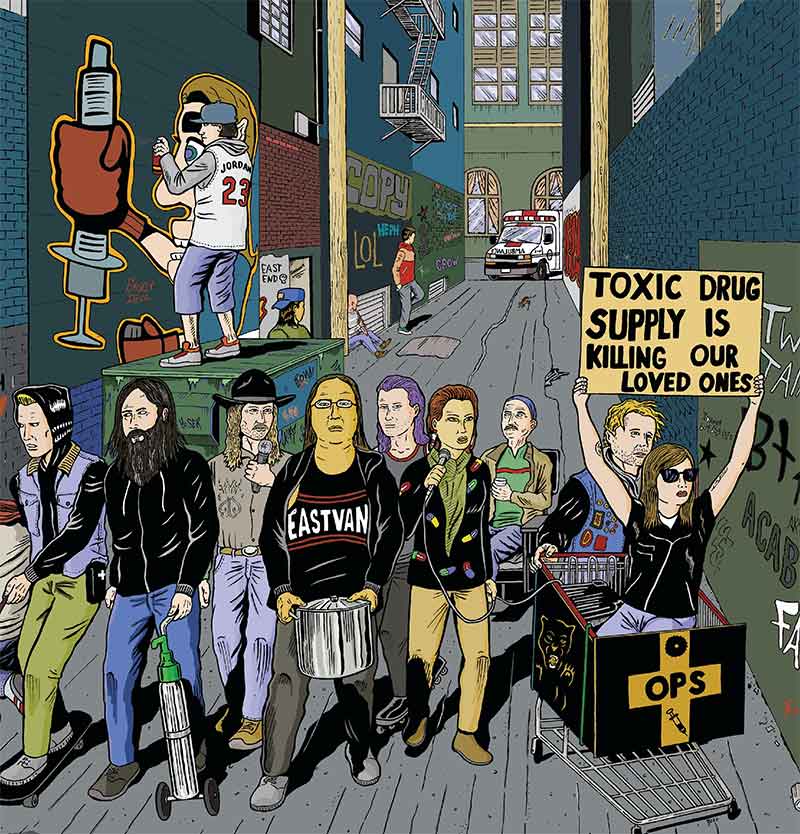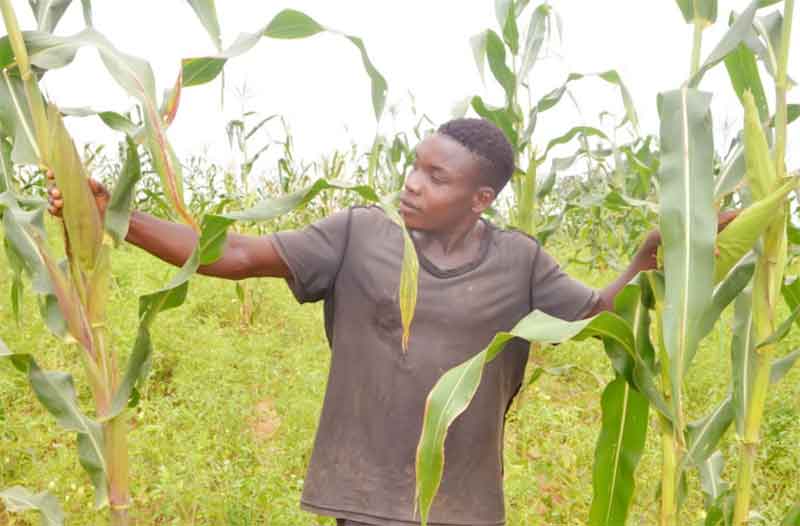
On June 26th this year, the world will celebrate the 37th International Day Against Drug Abuse and Illicit Trafficking. Since 1987, United Nations member states have been observing this day to show their commitment to working together for a drug-free world. For 2024, the United Nations Office on Drugs and Crime (UNODC) has chosen the theme “The evidence is clear: invest in prevention.” According to the UNODC, this year’s campaign recognizes that drug policies should be grounded in “science,” “research,” “full respect for human rights,” “compassion,” and “a thorough understanding of the social, economic, and health impacts of drug use.” The UNODC suggests eight key actions based on these principles: 1. Raise awareness about the harmful effects of drugs; 2. Advocate for investment in prevention; 3. Empower communities; 4. Facilitate dialogue and collaboration among stakeholders; 5. Promote evidence-based policymaking; 6. Engage communities; 7. Empower youth; and 8. Promote international cooperation.
As a member nation, India observes this day each year to show its commitment to fighting the drug menace. This year also, the Indian government may organize drug awareness programs and activities for young people. However, the UNODC’s call to “invest in prevention” is especially important now, as drug use is evidently rising in many parts of India. It would be unfair to say that the Indian government is not investing in drug prevention efforts. However, we need to consider what truly counts as “preventive measures” in our context. Can we use the same factors that are responsible for drug problems in other countries (like those in the global north) to shape our prevention policies? These questions are important when discussing drug prevention in India.
Globally, factors like curiosity, peer pressure, youth culture, family history, non-conformity, easy access, and stress relief drive drug demand. However, understanding drug addiction goes deeper. Addiction expert Dr. Gabor Maté points out that traumatic childhood experiences can lead to a loss of connection with others, resulting in addictive behavior. Author Bruce Alexander argues that the capitalist economic model causes dislocation, which is the main reason for any addiction. When someone loses connection or trust with those around them or society in general, they feel alienated. This makes them more likely to form attachments to other things, including drugs.
We recognize that drug addiction is a complex issue. Although dislocation or alienation is considered a root cause of addiction worldwide, the reasons for this alienation vary between countries. In Global North, major causes include dysfunctional families, lack of emotional parenting, stressed parenting, and the dislocation of indigenous communities. In the Global South, significant factors are dire living conditions, exploitative economic practices, undignified life experiences, anxieties about survival, constant tensions between social groups, and deep-rooted patriarchy and masculinity. Therefore, understanding these factors in their specific context is essential before designing and implementing drug prevention policies.
The Problem in Our Context
Case 1: Kalim (name changed) was arrested for supplying illicit drugs and spent over three years in prison. Previously, he was an auto-rickshaw driver, operating between Sarangpur and Lal Darwaja. To avoid trouble, he had to pay off traffic police, but when new officers took charge, they demanded even more money and often insulted him. After marriage, he had to leave his parents in their single-room house and move into a rented home with his new family. Despite his hard work, after paying the traffic police and house rent, he couldn’t save enough for his wife and three children. To cope with the stress, he started using ganja and then cough syrup, which further increased his trouble when the local police caught him driving while intoxicated. His financial situation worsened, demotivating him further from earning a living. One day, he met a drug dealer who offered him good money to join the illicit drug trade. Feeling desperate to support his family, Kalim agreed and started peddling drugs. Within a year, he earned good money but also became dependent on drugs. Eventually, he was arrested with a small to moderate quantity of ganja and smack and was sent to prison. After coming out of prison, he tried to restart his life but relapsed into cough syrup addiction. When we met him and offered support, he pleaded for a job where he could earn 15,000 rupees to feed his family.
Case 2: During our research study, we met Ashok (name changed), a street child who was a drug user and drug peddler as well. He lost his father when he was very young and lived with his mother, who worked as a construction laborer looking after her three children. Ashok often saw his mother in physical pain from labor work, made worse by illnesses and period cramps. He also witnessed her being exploited at the workplace and harassed by usurers and goons in the community. By the time he reached adolescence, Ashok decided to stop going to school to support his mother financially by earning money. Initially, he worked as a rag picker during the day and returned home at night. However, he gradually became involved with street groups and started using various substances, including inhalants. Eventually, he joined a drug supply gang where he had to follow his bosses’ orders at all hours, which led him to leave his home and visit only occasionally. After several meetings, he confided in me, expressing with tears in his eyes that he once wanted to become a policeman but ended up a criminal.
Case 3: While working with the local police on alcoholism, we met Kalu Bhai (name changed), a professional cook (Bawarchi). He suffered from chronic liver problems but couldn’t quit drinking. As part of our deaddiction campaign at the police station, he came to us for help. During our detailed discussion, he revealed that he initially disliked alcohol when he started working. However, he had to work between wood fires in preparation for the next day’s celebrations, which caused eye inflammation and sleeplessness for 2-3 days. He tried eye drops, but they didn’t help. His colleagues recommended he take a peg of alcohol to sleep better, and it worked. His occasional drinking turned into regular use as he developed tolerance and needed more alcohol to achieve the same sleepy effect. Despite knowing the health risks and wanting to quit, he continued drinking to cope with his sleeplessness. He not only needed help for his alcohol dependence but also required changes in his hazardous work conditions that led him to substance use in the first place.
Although not reported systematically, all the cases above demonstrate how systemic economic and cultural issues make individuals from marginalized groups vulnerable to substance use and addiction. We learned about many such (moving) stories while working with different marginalized groups on the issues associated with substance use. Our exploitative economic policies and practices force people to relocate and live in dire conditions, pushing them to substance use for survival. In a similar way, our discriminatory and unjust cultural systems alienate people and drive them to substance use to cope with their emotional challenges.
These cases also highlight the importance of addressing both addiction and the underlying psychosocial issues rooted in the economic and cultural systems. If we wish to prevent substance use, the focus should be on preventing the underlying psychosocial issues. Preventive measures like drug awareness, education, early identification, treatment, and promotion of a drug-free lifestyle have value, but they are incomplete without effective economic and cultural measures. How can we claim prevention without offering workers and laborers social security, workplace safety, health insurance, fair wages, and education for their kids? How can we prevent a so-called “anti-social” mindset without accepting and respecting people on the margins who face discrimination and injustice every single day? How can we prevent drug crimes without addressing deep-rooted issues like patriarchy and masculinity? Therefore, we believe any discussion about drug prevention must address these crucial economic and cultural questions.
The current situation in our country, marked by deep religious and caste polarization and tensions between communities, is intensifying conditions conducive to substance use. Widespread segregation and the lack of common platforms for community engagement further exacerbate the problem of alienation, a major precondition for substance addiction. We wonder if any preventive efforts can be effective in such a situation.
Subscribe to Our Newsletter
Get the latest CounterCurrents updates delivered straight to your inbox.
Although we recognize that the system-focused prevention efforts discussed here are unlikely to be included in policy considerations, we are discussing them in the hope of sparking a new discourse around effective investment in drug prevention. If not major changes, we can do at least a few things. As recommended by the UNODC, we can invest in research to understand the local factors driving drug demand in our country rather than assuming factors from the global north apply universally. In line with the call to invest in prevention, we can ensure workers’ safety at workplaces, health insurance, and fair wages. On the cultural front, it is crucial to bring communities and social groups together to engage, reduce tensions, and address their differences peacefully, adhering to constitutional and human values. The government and civil society can come together to create platforms that facilitate such interactions and engagements as a preventive measure.
To conclude, we cannot solve the problem of hunger merely by feeding the hungry; we must also eliminate the systems that create hunger. This analogy aptly applies to the issue of drug addiction as well. Drawing on over a decade of field experience, we reiterate the UNODC’s call with a tiny alteration: “The evidence is clear: invest in (context-specific) prevention.”
Dr. Ajazuddin Shaikh is a Research Associate at the Indian Institute of Management Ahmedabad (IIMA) and a civil society activist. He works with marginalized communities on the issues associated with substance use.














































